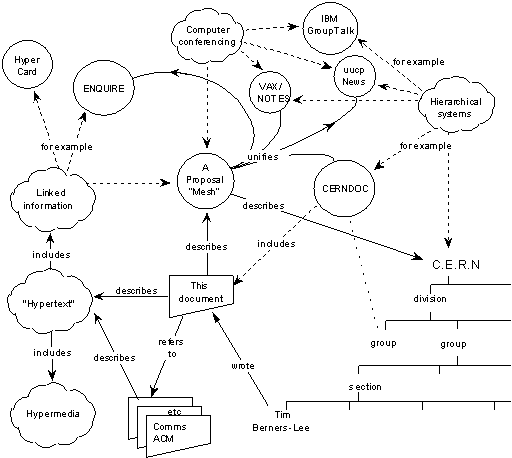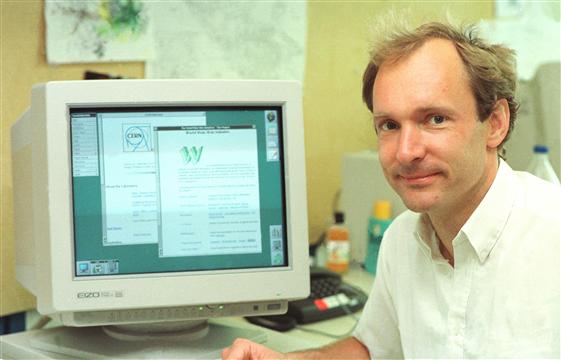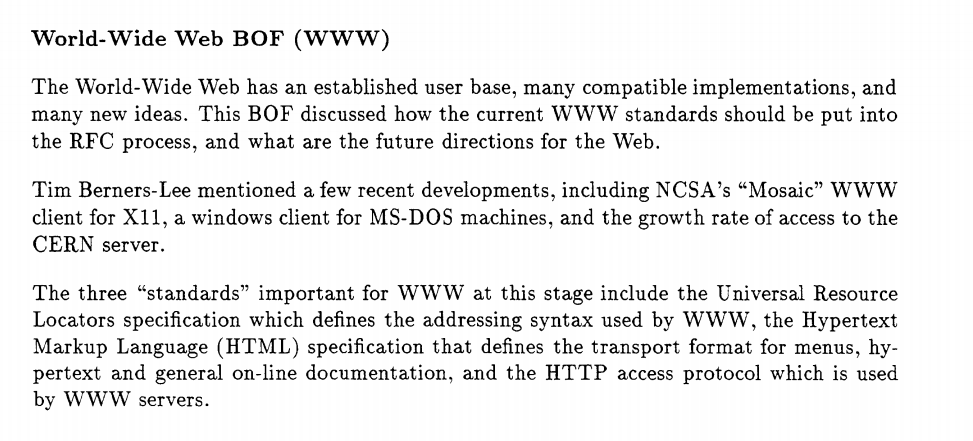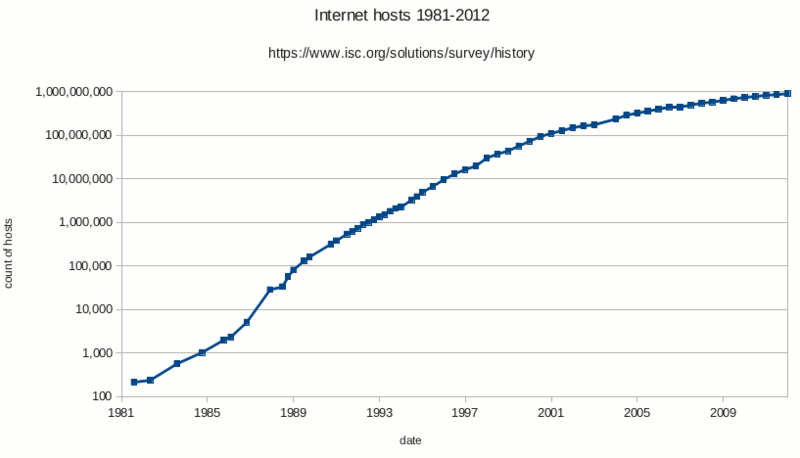CERN Physicist Tim Berners-Lee needed “a pool of information which could grow and evolve with the organisation and the projects it describes.”

☞ Read more: Information Management: A Proposal
Press → key to advance. Zoom in/out: Ctrl or Command + +/-.
CERN Physicist Tim Berners-Lee needed “a pool of information which could grow and evolve with the organisation and the projects it describes.”

☞ Read more: Information Management: A Proposal
Berners-Lee invented the World Wide Web, HTTP, and wrote the first HTML page.

☞ Read more on CERN
Berners-Lee presented the WWW at the IETF conference in a small session:

☞ Read more: IETF 26 Proceedings
NCSA creates the free "Mosaic" browser, and adds bookmarks, images, and a better UI:

☞ Read more: NCSA Mosaic

☞ Read more: History of the Internet
Berners-Lee founds the W3C to standardize HTML for all browsers to follow.
☞ Read more: HTML Version History
Browser developers got frustrated with W3C progress and created a new standards committee to write the "HTML5" spec, which adds:

In 2008, the W3C adopted it as a standard.